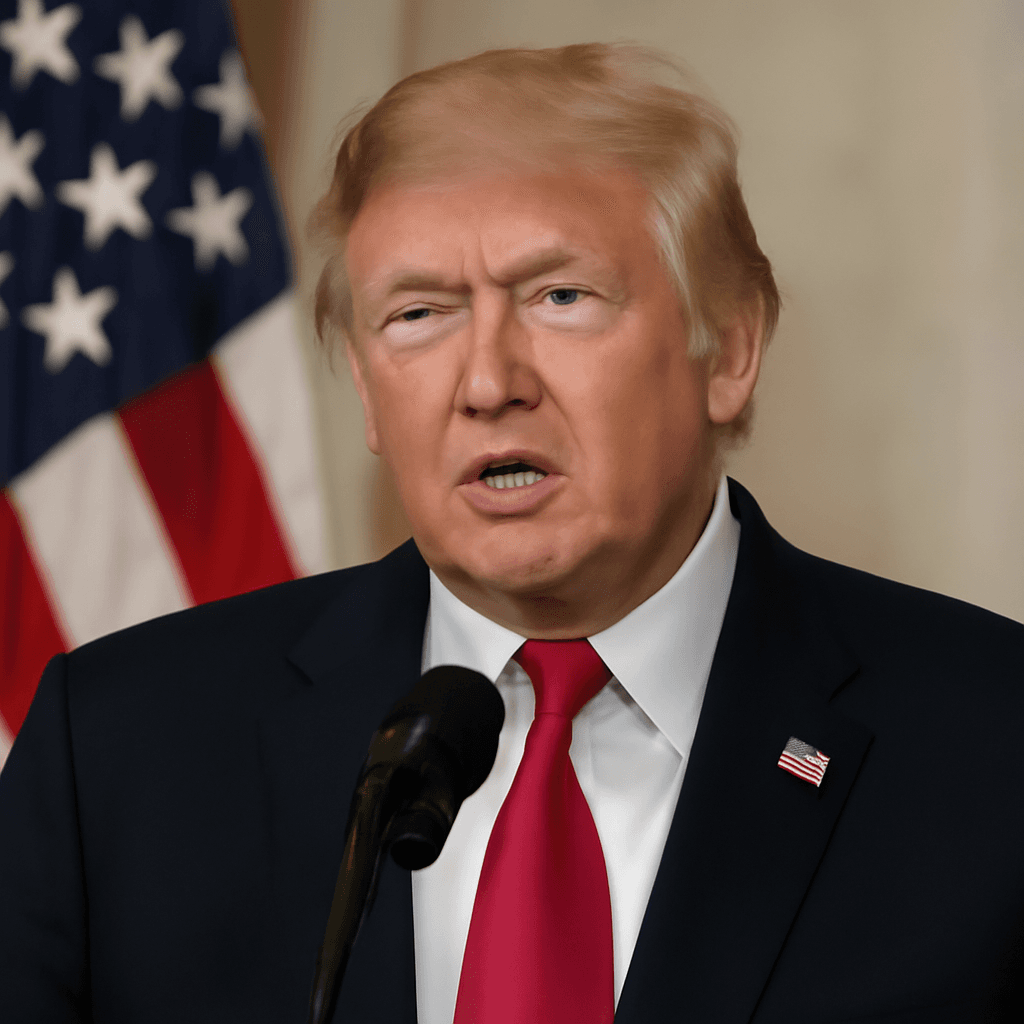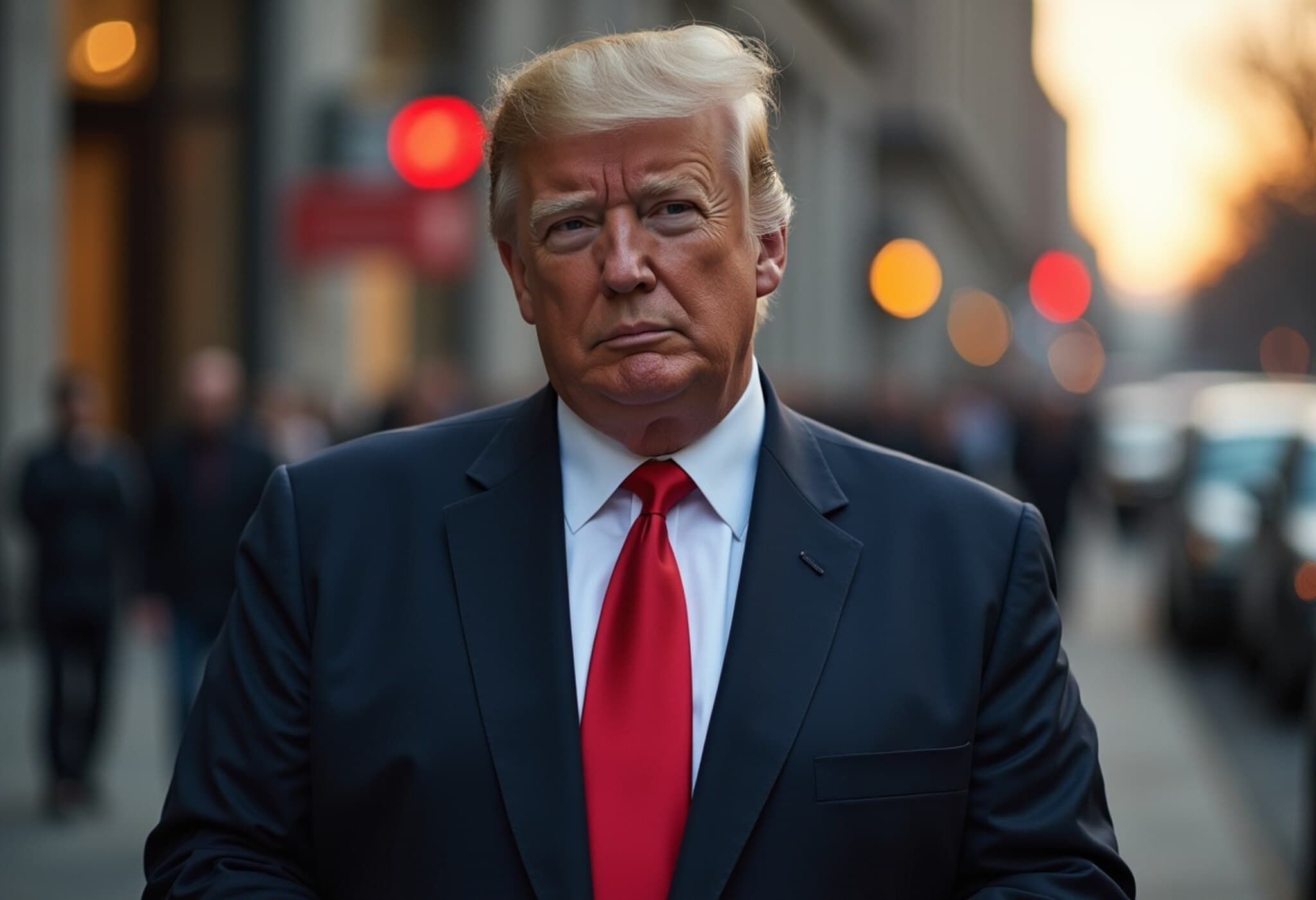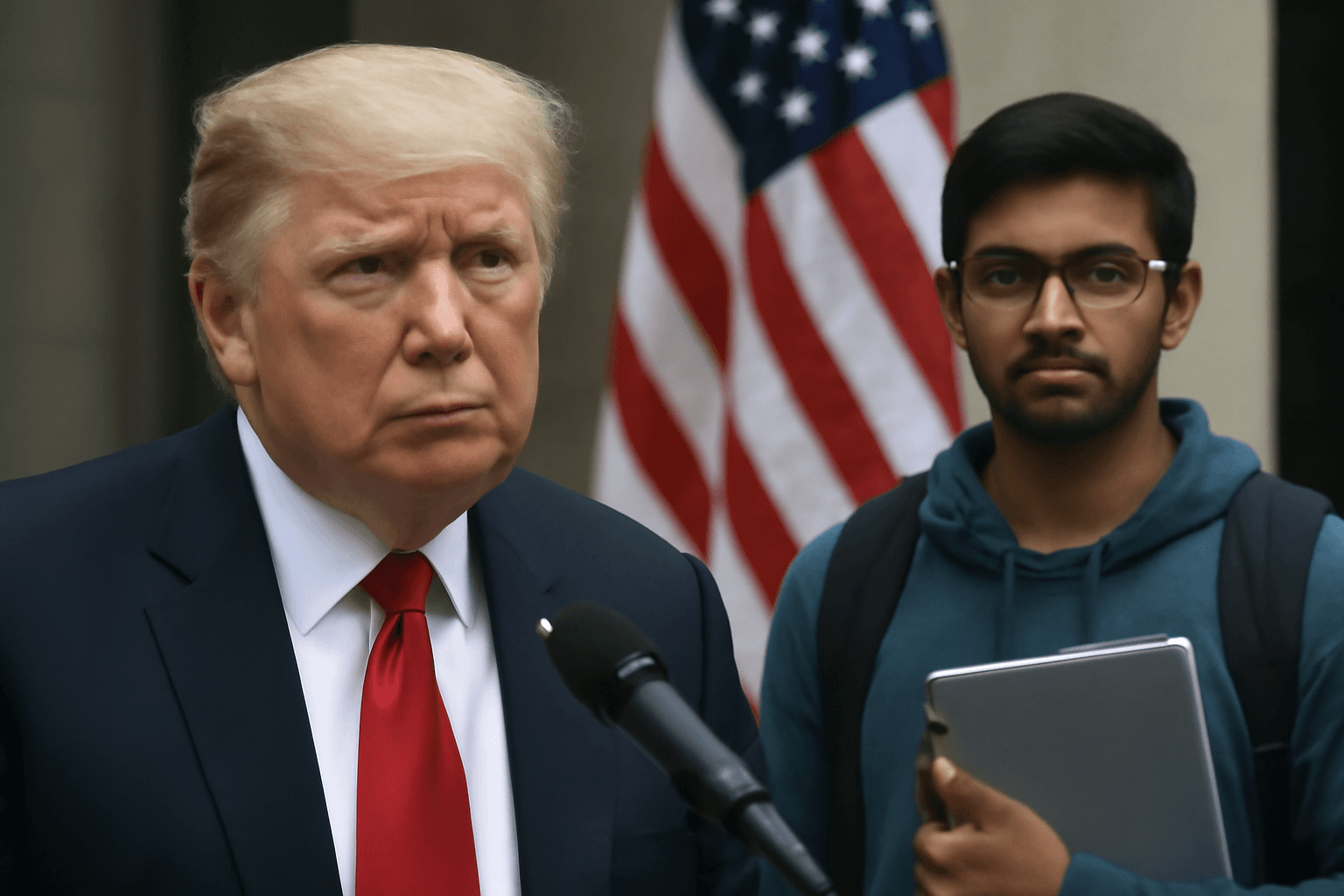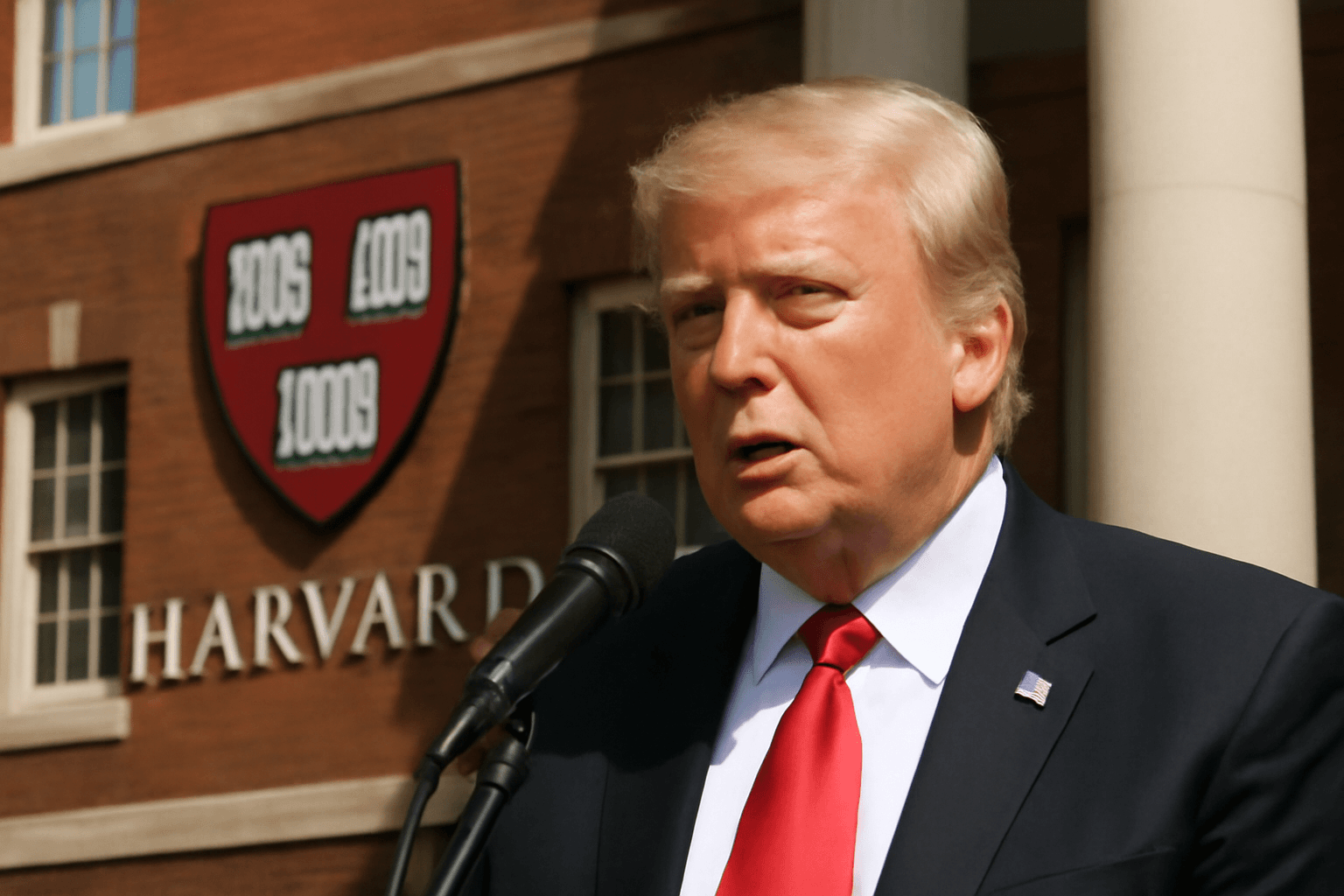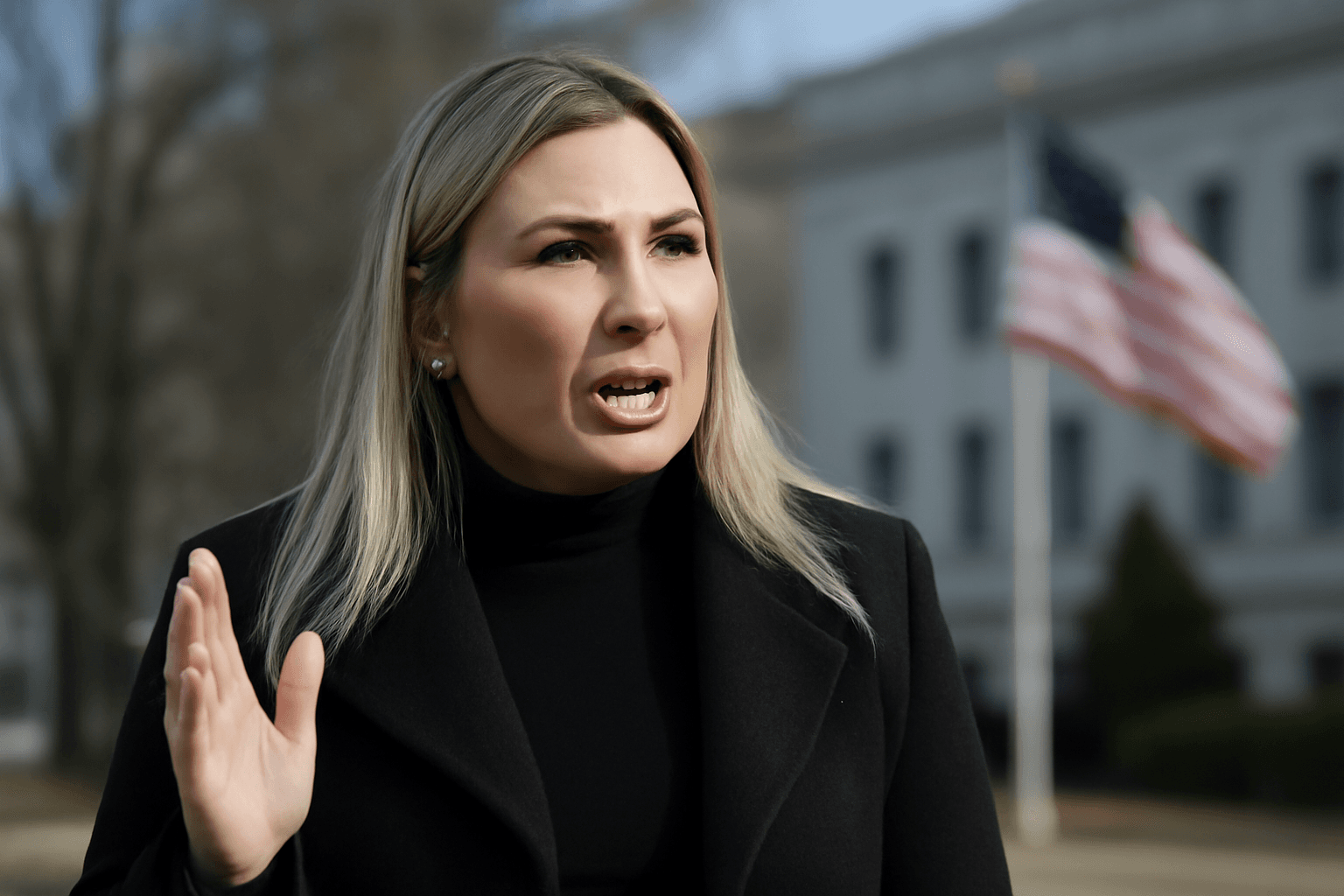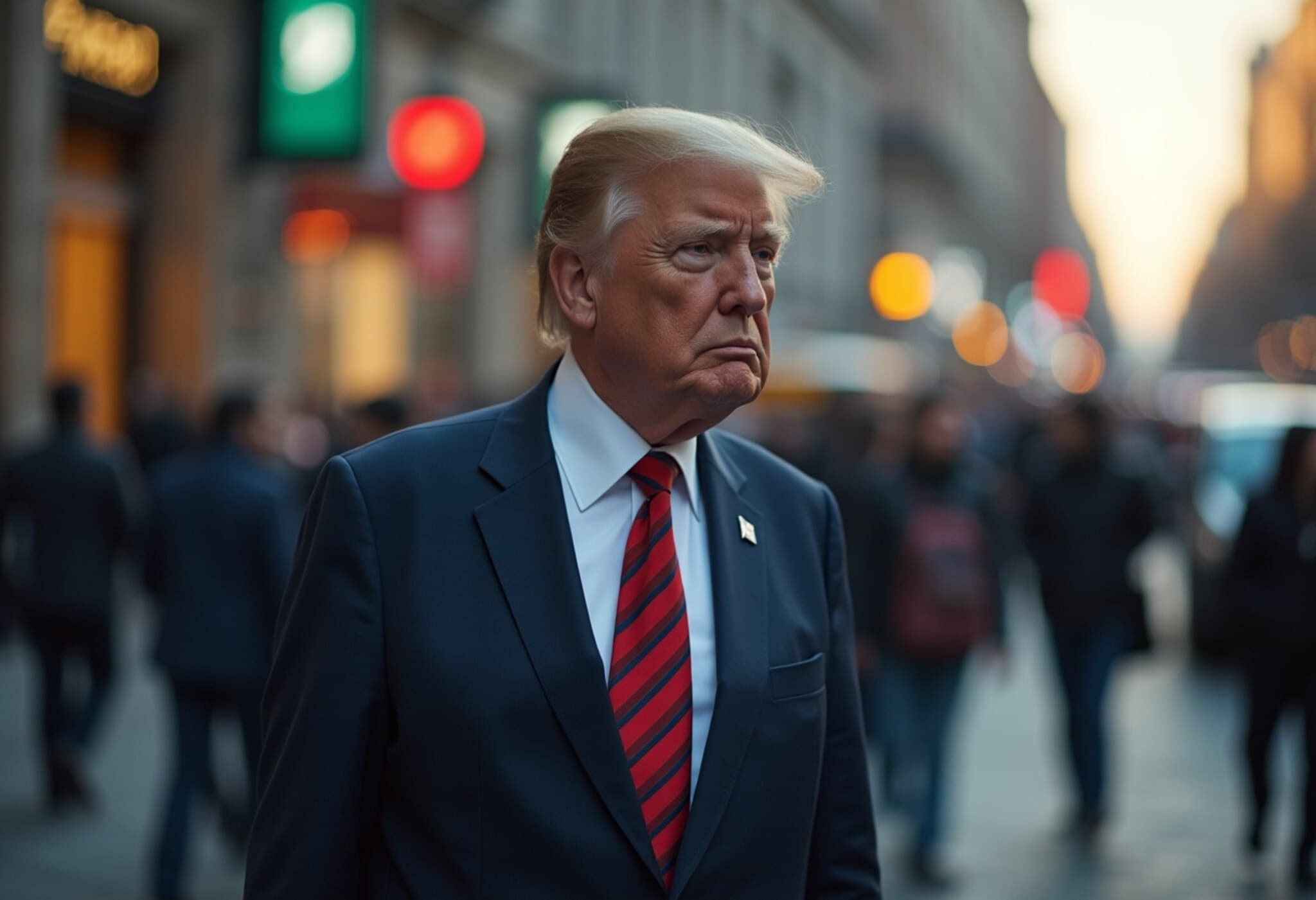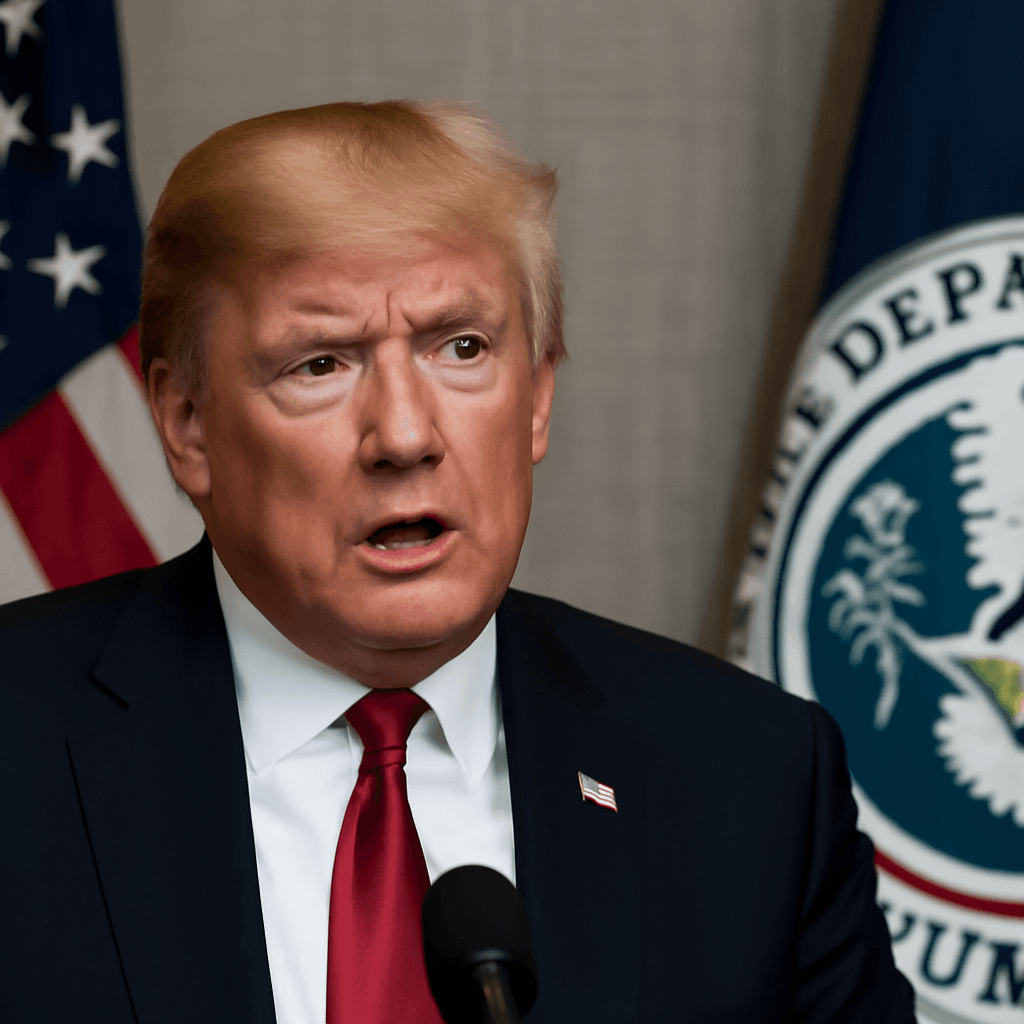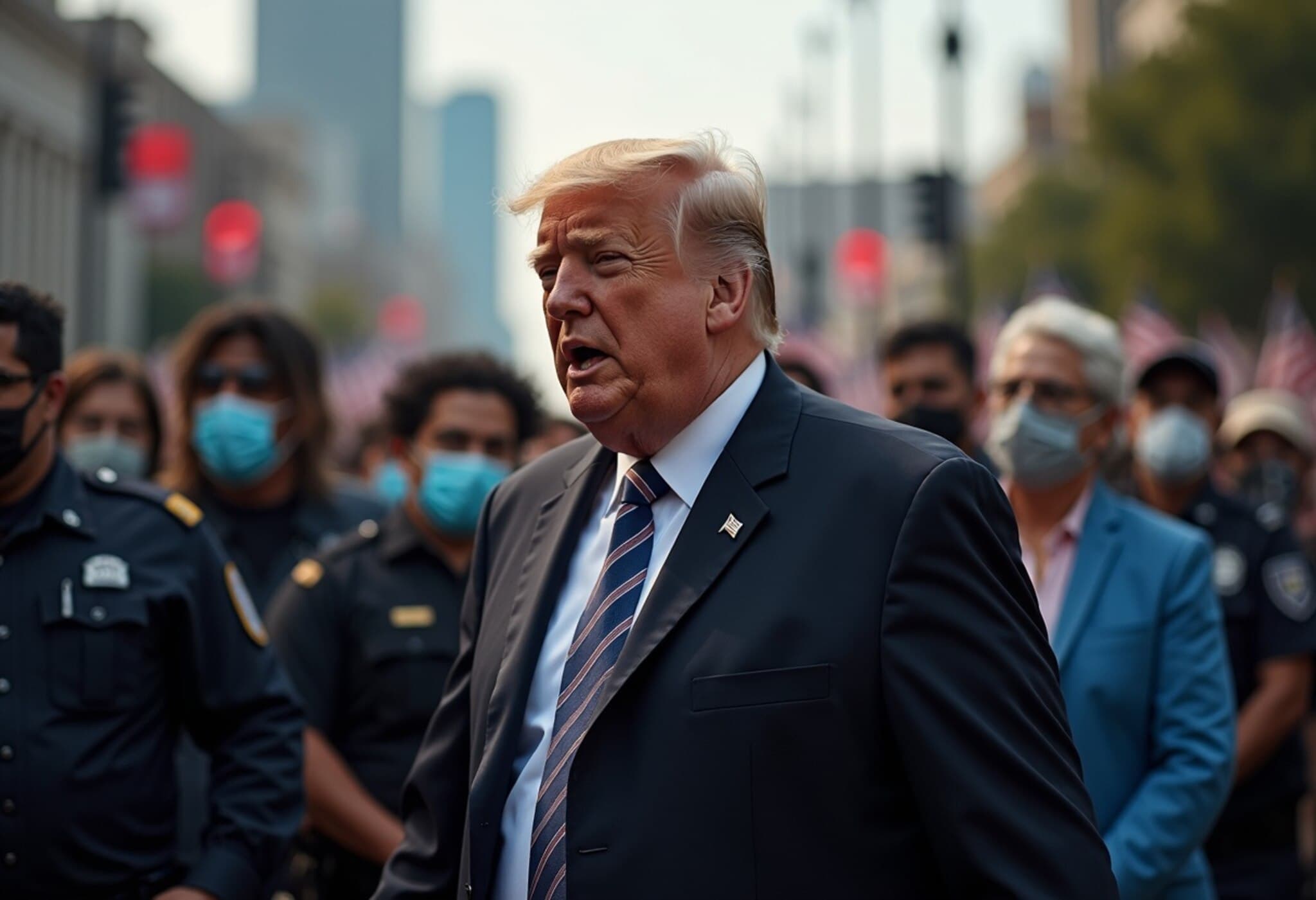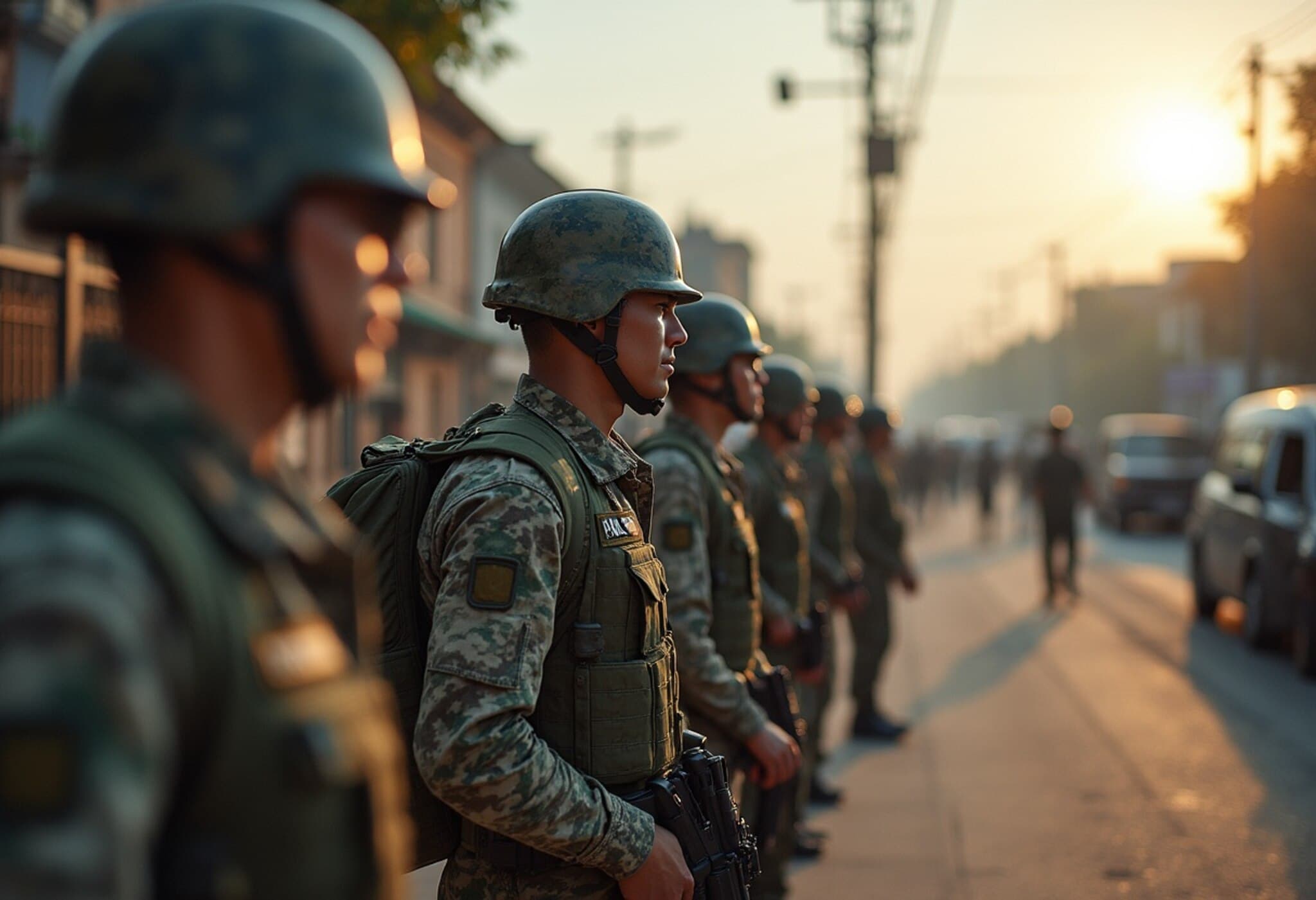Trump Administration Expands ‘Voluntary Exit’ Policy to Migrant Children
The Trump administration has introduced a controversial shift in immigration enforcement, especially concerning unaccompanied migrant children at the US southern border. Under a new policy, migrant children between ages 14 and 17, from any country, are now being asked if they wish to 'voluntarily' return to their home countries shortly after apprehension by immigration authorities.
What Changed?
Traditionally, U.S. law mandates that unaccompanied minors are transferred within 72 hours of detention to the Department of Health and Human Services (HHS), which places them in shelters or with vetted family members while they navigate the immigration court process. This system is designed to protect vulnerable children by providing them with custody and legal support.
Previously, the option for 'voluntary return' at the border was limited only to children from Mexico and Canada, and only when it was clear they were not in danger and fully understood the consequences. The new policy breaks from this long-standing practice by offering the option to a much wider group—children from any country—and earlier in the process.
Experts Warn of Legal and Ethical Concerns
Legal analysts and former government officials have sharply criticized the policy. The Trafficking Victims Protection Reauthorization Act (TVPRA) of 2008, a bipartisan law, specifically designed to protect unaccompanied children from non-contiguous countries, instituted measures for legal screening and protection prior to removal. Critics argue that this new policy circumvents these protections, pushing children toward quick deportation decisions without adequate understanding or representation.
"These children are not capable of making such life-altering decisions on their own, especially in a high-stress immigration context," said Neha Desai, managing director of Children’s Human Rights at the National Center for Youth Law. "Without legal counsel or full awareness of the risks, asking children to 'voluntarily' leave is akin to coercion."
Policy Reflects Broader Immigration Crackdown
This policy update aligns with the Trump administration’s broader objective to reduce immigration rates across the board. Initiatives include expanding 'self-deportation' mechanisms, increasing immigration enforcement raids, reducing visa allocations, and cutting legal assistance for migrants. These moves have sparked widespread concern about the human cost, especially among vulnerable populations like children.
Reports have surfaced of children cycling in and out of government custody due to enforcement actions against their sponsors. Entire families with mixed legal statuses have sometimes chosen to leave the country preemptively to avoid ICE raids. Advocacy groups warn these measures might prioritize detention and deportations over the well-being and safety of individuals.
Contradicting Official Justifications
Officials have pointed to an increased number of unaccompanied minors coming to the border during the previous administration, claiming many are now missing or in peril. However, a 2024 report by the U.S. Government Accountability Office found that approximately 85% of these children had been successfully placed with sponsors and maintained contact with caseworkers.
"This represents a dismantling of essential protections for children—a vulnerable group Congress intended to shield with federal laws," said Desai, highlighting the erosion of bipartisan safeguards.
American Socio-Political Context and Implications
For President Trump’s political base, these enforcement tightening measures fulfill promises to curb immigration, aiming to reserve social benefits and employment opportunities predominantly for native-born citizens. Yet, from a policy analysis standpoint, the question remains whether expedited deportations compromise due process and humanitarian considerations, particularly concerning children's rights.
Furthermore, there is a critical need to examine how such policies impact the U.S.'s international standing on human rights and compliance with established legal frameworks designed to protect vulnerable migrants.
Key Takeaways:
- Expansion of 'voluntary return': Now offered to migrant children aged 14–17 from any country, not just Mexico and Canada.
- Potential bypass of legal protections: Critics argue this undermines safeguards provided under federal law, especially the TVPRA.
- Broader immigration enforcement agenda: The policy fits into a suite of restrictive immigration measures under the Trump administration seeking rapid deportations.
- Human rights concerns: Lack of legal representation and rushed decisions risk endangering vulnerable children.
- Disputed official narratives: Data indicates most children placed with sponsors remain accounted for, contradicting claims of mass disappearances.
Editor’s Note
The expansion of the voluntary exit policy toward migrant children raises urgent questions about balancing immigration enforcement with the fundamental rights and protections owed to minors. While governments must manage borders, the approach towards vulnerable populations like unaccompanied minors reflects broader values surrounding human dignity and justice. As policies evolve, closer scrutiny and transparent discussion are essential to safeguard these children’s futures without compromising legal and ethical standards. Readers are encouraged to consider how evolving immigration laws shape societal perceptions and the lived realities of migrant families.



